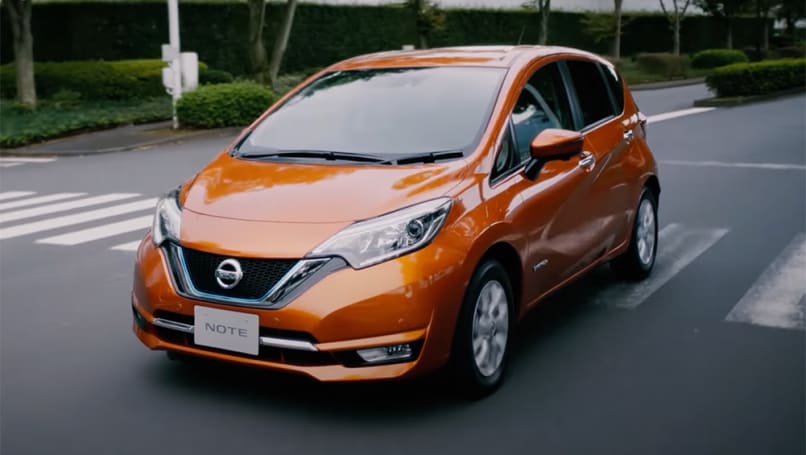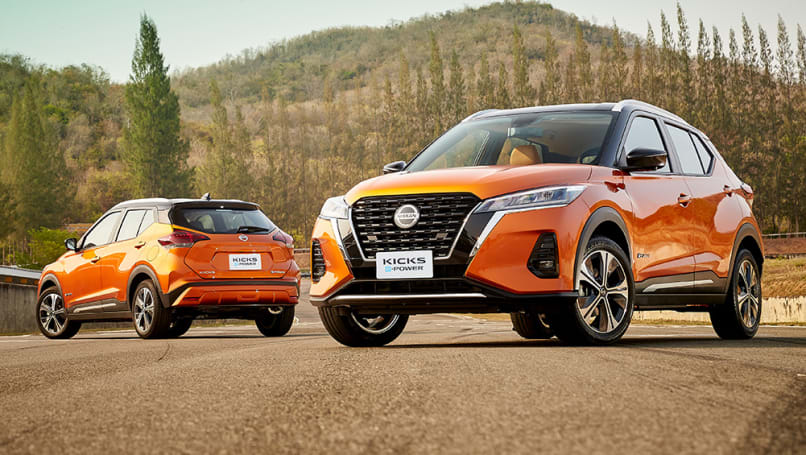
The new car sales winners of 2024: Toyota, Mitsubishi, Ford, BYD, Suzuki, GWM and more!
The Australian new car market is more competitive than ever before and the 2024...
Browse over 9,000 car reviews

Nissan is about to make a late entrance to the hybrid party - but it’s bringing something special.
The brand has all-but-confirmed the new X-Trail set to arrive in Australia by early 2022 will debut the brand’s unique e-Power hybrid technology. And it’s only the beginning for the brand’s plans to make electrification a major part of its future line-up, beyond the all-electric Leaf.
It will be a major shift for the brand, introducing a hybrid technology to do battle with archrivals Toyota as part of a wider rejuvenation of its range.

The key difference between e-Power and a conventional ‘parallel’ hybrid is Nissan’s set-up only ever uses the electric motor to drive the wheels, whereas a parallel hybrid (like Toyota’s popular system) is able to use either the petrol engine or electric motor (or a combination of both) to power the wheels.
E-Power uses the petrol engine as a onboard generator to charge the battery that in-turn powers the motor. As far as Nissan is concerned there are several benefits to this format, most notably it means the e-Power performs more like an EV rather than a petrol-powered car.
Because it’s only generating battery charge, the petrol engine is able to run at its optimum RPM to help reduce fuel economy. And, by using the petrol engine to keep the battery topped up, e-Power models don’t need large, heavy battery packs like a full EV.
“You’re getting the drive experience of a fully electric vehicle with the convenience of not having to plug-in to charge,” explained Nissan Australia spokesperson Karla Leach.
That means for those concerned about going electric because it’s too hard to access charging infrastructure either because they don’t have off-street parking or other issues, they can get the experience of driving an EV while still refuelling at the service station. Although, critics might argue that in having to continue going to the petrol bowser it does detract from the EV experience.
In terms of economy e-Power does offer some on-paper advantages over a parallel hybrid system. Using the Nissan Note e-Power city car and comparing it against the similar-sized Toyota Prius C, Nissan’s system comes out ahead. The Note e-Power manages a claimed combined fuel economy return of 2.9 litres per 100km, while the Prius C returns 3.9L/100km.

So far the e-Power system has been limited to the Note hatchback and Serena people mover, but that’s set to change. First up is the Kicks e-Power compact crossover, but that’s been ruled out for Australian showrooms.
Instead you can expect the SUVs that follow the new X-Trail will also get this technology, with the smaller Qashqai highly likely to adopt it. It’s unclear if the just-launched new Juke has been engineered to accept the e-Power, but with the X-Trail locked in to be the technology’s local pioneer it won’t arrive until after 2022, if at all.
Expect more e-Power models in the near future because Nissan Australia has made a commitment to electrify a third of its local fleet by 2022.
It won’t just be e-Power, however, with the Ariya full-electric SUV also anticipated to hit Australian showrooms by that time. It’s due to be unveiled in production form by the middle of July.
Comments